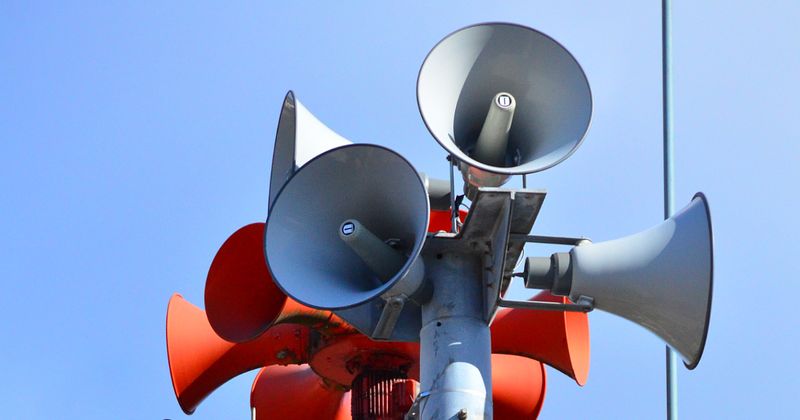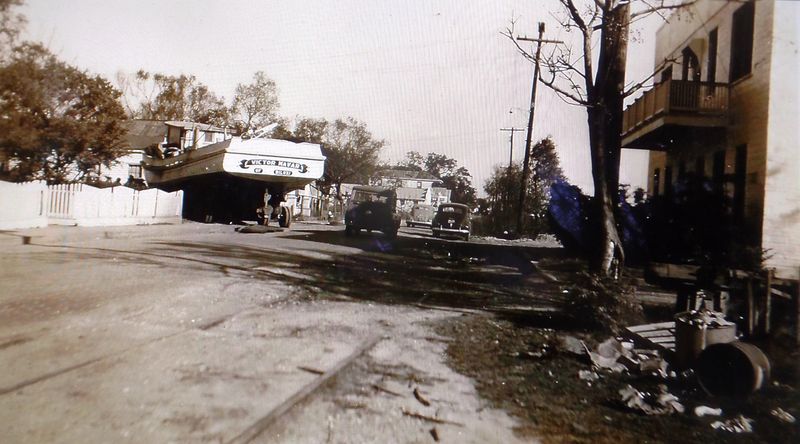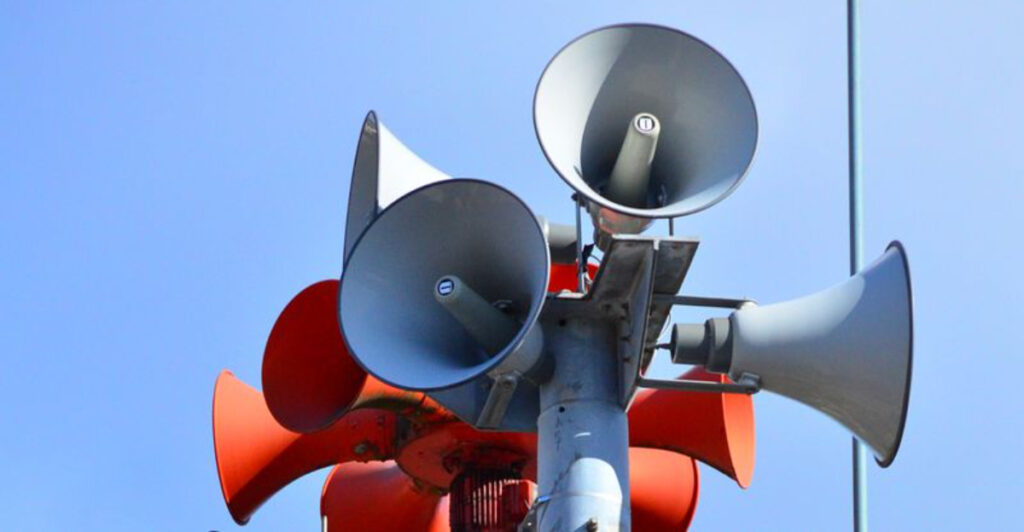In the small Kansas town of South Hutchinson, a piece of history still wails through the air when danger approaches. While most communities rely on automated emergency alert systems, South Hutchinson maintains a hand-activated siren system that requires human touch to warn residents of severe weather. This unique approach isn’t just about clinging to the past—it represents a fascinating bridge between traditional civil defense methods and modern emergency management in America’s heartland.
The Human Touch Behind Every Warning

When storm clouds gather over South Hutchinson, the response isn’t automated—it’s deeply personal. Police officers, firefighters, or city maintenance workers must physically activate the town’s outdoor warning sirens by hand, turning switches or cranking mechanisms when threats loom.
This hands-on approach creates a direct human connection to public safety unlike anywhere else. While seemingly outdated, this method ensures that a conscious decision precedes every alert.
The system exists partly due to necessity—recent infrastructure changes have left the sirens unable to be triggered remotely. Yet this limitation has preserved a slice of Americana where emergency response still bears the unmistakable mark of human judgment and intervention.
Balancing Tradition with Technological Progress

South Hutchinson stands at a fascinating crossroads of emergency management evolution. The manual sirens represent not stubborn resistance to change but rather a practical transition phase as the community gradually modernizes its alert infrastructure.
Residents are encouraged to supplement these traditional warnings with weather radios and smartphone apps—creating a multi-layered approach to safety. Local officials acknowledge the sirens’ limitations, particularly their inability to be heard indoors.
This blend of old and new creates a unique safety culture in South Hutchinson. The hand-activated sirens serve as both functional tools and symbolic reminders of how communities have historically banded together during times of crisis.
A Living Museum of Civil Defense History

The wailing sound that echoes across South Hutchinson during tests or emergencies carries echoes from America’s past. Hand-operated sirens were once standard throughout small-town America, particularly during the Cold War era when civil defense preparations reached their peak.
Few functioning examples remain in active service today. South Hutchinson’s system represents a rare working artifact from this period of American history.
For longtime residents, the familiar sound triggers memories spanning generations—from grandparents who associated similar sirens with air raid drills to today’s children who know it means severe weather approaches. This auditory tradition creates a living connection to the past that textbooks alone cannot provide.



